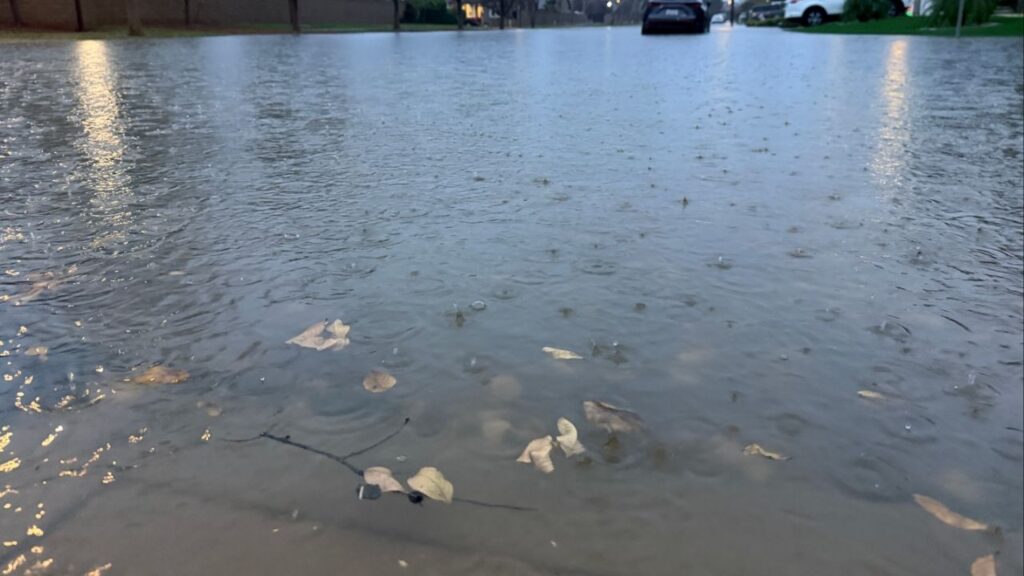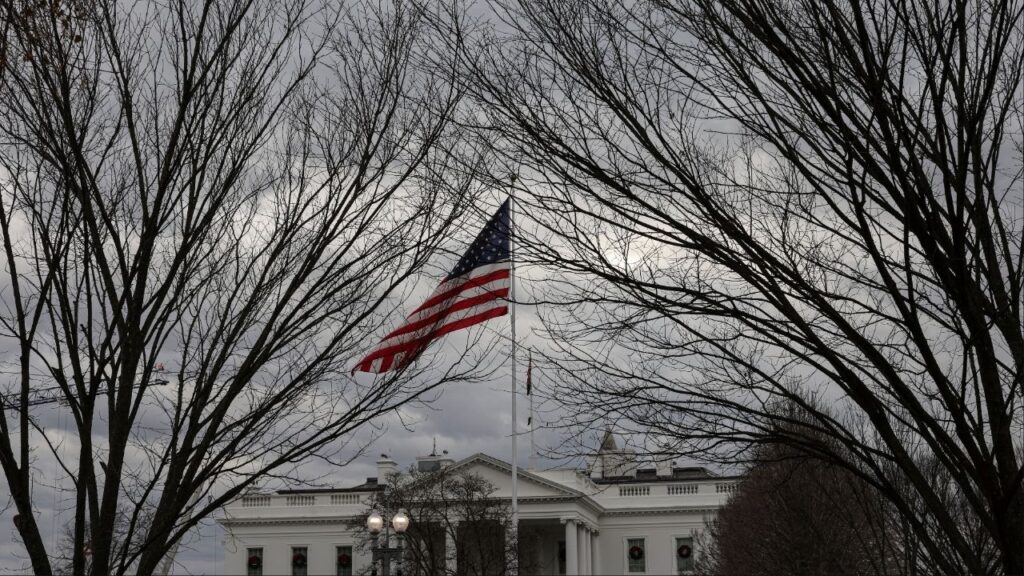Share
In any other week, major actions affecting Pacific Gas and Electric’s chances of emerging from bankruptcy as an intact and operational utility would have been big news.
But with everyone in and out of government riveted on battling the COVID-19 pandemic, there was only proforma media attention to two big PG&E events:

Dan Walters
Opinion
—PG&E agreed to plead guilty to 84 involuntary manslaughter counts in connection with the 2018 Camp Fire, the most destructive wildfire in California’s history. The fire destroyed much of the town of Paradise, which had about 26,000 people. In a plea agreement with the Butte County district attorney’s office, PG&E also pleaded guilty to one count of unlawfully starting a fire, agreed to pay a fine and build a new water system for the town.
The Utility, Its Stockholders, Its Creditors and Its Customers Still Face Years of Financial Turmoil
PG&E financial, legal and political issues are not completely resolved, but the twin actions indicate it will survive as an investor-owned, state-regulated monopoly providing electric power and natural gas service to millions of customers in Northern California, rather than being converted into some kind of cooperative or government-owned entity, or acquired by new owners.
However, even when and if its other issues are settled, such as direct compensation to victims of the Camp Fire and other destructive wildfires caused by poorly maintained power lines that failed during high winds, the utility, its stockholders, its creditors and its customers still face years of financial turmoil.
The settlements which PG&E is negotiating will be very costly and no matter how financing them is structured, including some special state-blessed bonds, ultimately the burden will largely fall on customers who write their monthly checks for service.
Although one of the provisions of the deal with Newsom suspends dividends to stockholders for three years to generate, on paper, about $4 billion in savings, PG&E must be able to tap the financial markets for capital and that ability, in turn, is based on profitability and having a stock that is sufficiently attractive to investors.
Those Questions Should Be Answered
The California Public Utilities Commission, which is appointed by the governor, has a duty not only to protect the interests of consumers, but to protect the financial viability of PG&E and other utilities it regulates. Over the long run, it must approve power rates that resonate positively on Wall Street, as noxious as that might seem to those who see profit as a dirty word.
Post-bankruptcy, therefore, PG&E’s fate will depend on the PUC’s ability to balance its competing mandates, which raises another issue — the role played by the state, including the commission, in PG&E’s lapses.
The Legislature and recent governors have imposed many new obligations on the state’s utilities in recent years, mostly having to do with reducing greenhouse gas emissions. Is it possible that absorbing those expensive obligations contributed to insufficient spending on transmission line maintenance? And is it possible that in overseeing PG&E operations, the PUC failed to insist that no-sex-appeal but vital maintenance receive the priority it deserves?
Somehow and someday, those questions should be answered.
CalMatters is a public interest journalism venture committed to explaining how California’s state Capitol works and why it matters. For more stories by Dan Walters, go to calmatters.org/commentary.
[activecampaign form=31]
RELATED TOPICS:
Categories

Fresno Underpass Closed Due to Flooding

















